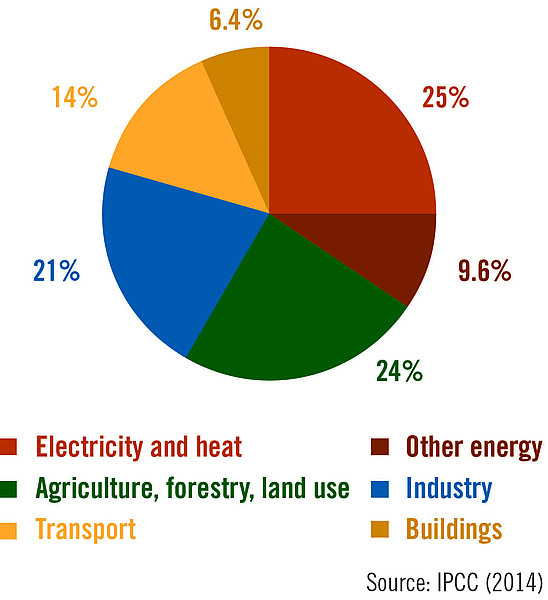The total ghg mitigation potential from the livestock sector in europe is between 101 and 377 mt co2 e equivalent to between 12 and 61 of total eu27 livestock sector emissions in 2007. 1 world bank 1818 society 1818 h street nw washington dc 20433 usa.
Pdf Strategies For Greenhouse Gas Emissions Mitigation In Mediterranean Agriculture A Review
In other words some livestock mitigation measures may be costly to implement relative to the costs of reducing equivalent volumes of emissions in other sectors of the economy e g in transportation energy or industry.

Livestock greenhouse gas emissions and mitigation potential in europe. A reduction in food waste and consumption of livestock products linked with reduced production are the most effective mitigation options and if encouraged. Methane ch 4 accounts for about 50 percent of the total nitrous oxide n 2 o and carbon dioxide co 2 represent almost equal shares with. Feed production includes all the greenhouse gas emission arising from 1 land use change 2 manufacturing and use of fertilizers and pesticides 3 manure excreted and applied to fields 4 agricultural operations 5 feed processing and 6 feed transport although these processes result in a large share of the livestock supply chain in this article we mainly focus on direct livestock.
This comparison defines the economic potential for livestock emissions reduction. A fresh look at livestock greenhouse gas emissions and mitigation potential in europe. A reduction in food waste and consumption of livestock products linked with reduced production are the most effective mitigation options and if encouraged.
Greenhouse gas emissions from ruminant supply chains a global life cycle assessment. A reduction in food waste and consumption of livestock products linked with reduced production are the most effective mitigation options and if encouraged. The total ghg mitigation potential from the livestock sector in europe is between 101 and 377 mt co2e equivalent to between 12 and 61 of total eu27 livestock sector emissions in 2007.
This report identifies ways of reducing emissions by assessing the mitigation potential of sets of technologies. Such analysis provides guidance for local and system specific. The livestock sector is a significant contributor to global human induced ghg emissions.
The total ghg mitigation potential from the livestock sector in europe is between 101 and 377 mt co2e equivalent to between 12 and 61 of total eu27 livestock sector emissions in 2007. The total ghg mitigation potential from the livestock sector in europe is between 101 and 377 mt co e equivalent to between 12 and 61 of total eu27 livestock sector emissions in 2007. Livestock supply chains emitted an estimated total of 8 1 gigatonnes co 2 eq in 2010 using 298 and 34 as global warming potential for n 2 o and ch 4 respectively.
The total ghg mitigation potential from the livestock sector in europe is between 101 and 377 mt co 2 e equivalent to between 12 and 61 of total eu27 livestock sector emissions in 2007. A reduction in food waste and consumption of livestock products linked with reduced production are the most effective mitigation options and if encouraged. Global emissions from livestock supply chains by category of emissions 17 5.
Energy And Non Energy Related Greenhouse Gas Emissions European Environment Agency
Emissions By Sector Our World In Data
Pdf Livestock Greenhouse Gas Emissions And Mitigation Potential In Europe
Archive Agri Environmental Indicator Greenhouse Gas Emissions Statistics Explained
Agriculture And Climate Change In The Eu An Overview Climate Policy Info Hub
Pdf Greenhouse Gas Sources And Sinks
Greenhouse Gas Emissions And Global Warming Potential From Biofuel Cropping Systems Fertilized With Mineral And Organic Nitrogen Sources Sciencedirect
Can Extensification Compensate Livestock Greenhouse Gas Emissions A Study Of The Carbon Footprint In Spanish Agroforestry Systems Sciencedirect
Livestock Greenhouse Gas Emissions And Mitigation Potential In Europe Bellarby 2013 Global Change Biology Wiley Online Library
Greenhouse Gas Emissions From Agriculture Energypedia Info


0 comments:
Post a Comment